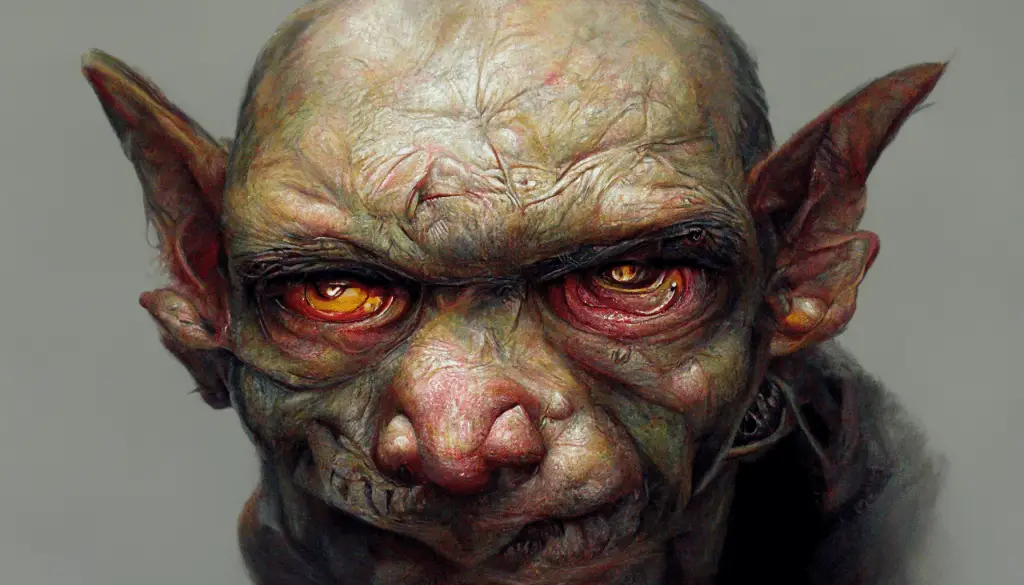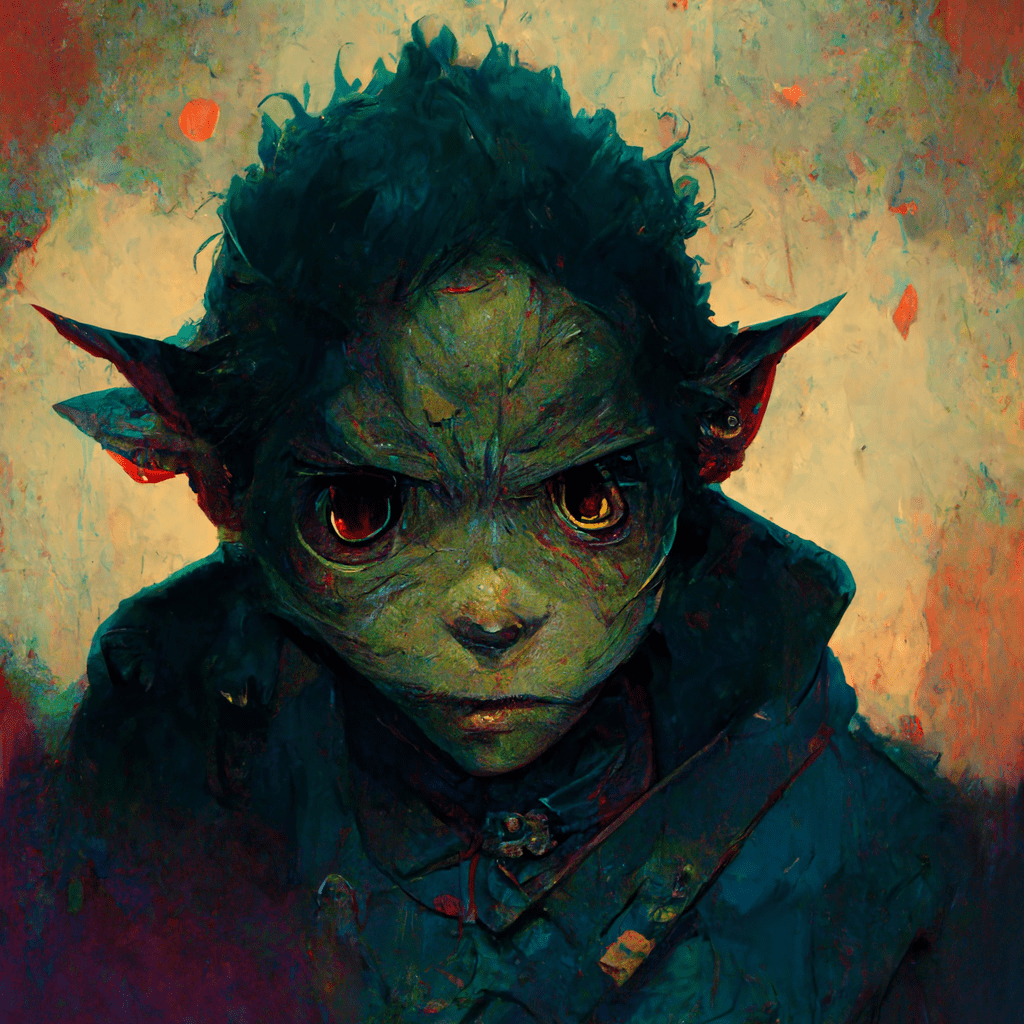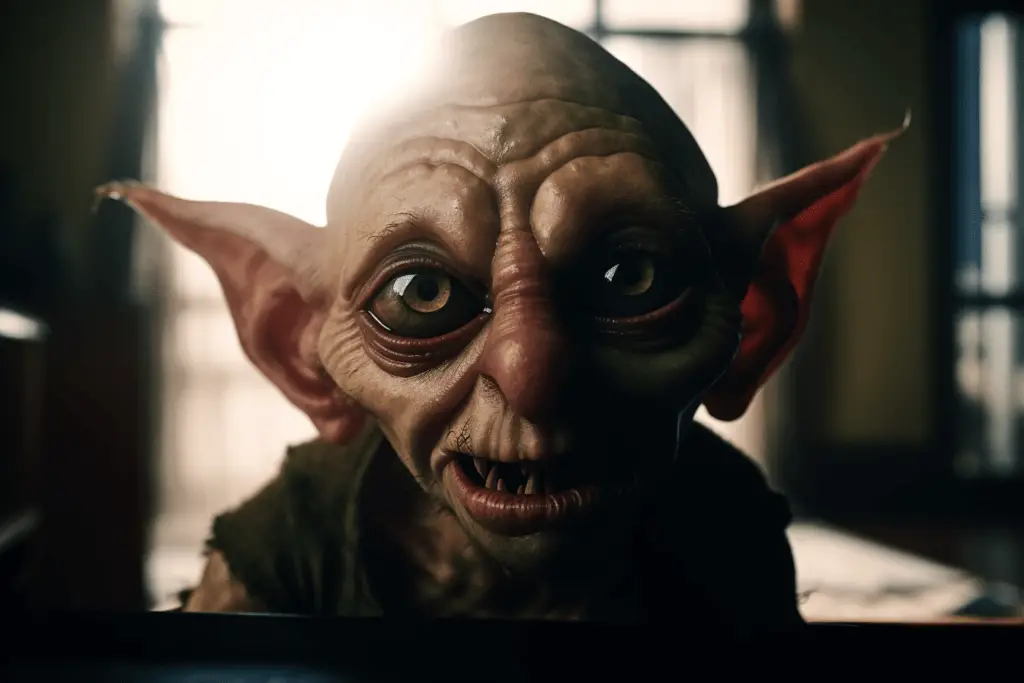Share the Lore!
By: Andrej Jovanovski
Small, Mischievous, Dangerous?
Goblins are creatures that are present all throughout European folklore, which first appeared in the Middle Ages.
Even though there are a lot of different goblins, one thing is for sure, they are almost always small mysterious, and malicious, more times than not greedy, especially when it comes to gold.
Their abilities are similar to those of fairies and demons, which results in them, the goblins, often being misclassified as such. However, the description of goblins being “dark fairies” is somewhat acceptable.
As previously mentioned there are different types of goblins, and although not every goblin is evil or greedy, as there are some kindhearted goblins, it’s safe to say that most of the time goblins appear evil because of their brutish portrayal.
The most common depiction of goblins is as miniature orcs or better said as creatures that have a warlike Stone Age-Esque culture is most common, or, as riches loving creatures who control the economy.
No matter what, they are always shown to be very greedy, often causing harm to others for personal gain. Therefore, it is believed that the sight of a goblin is not something to be admired.
Types of Goblins
As stated before, there are countless types of goblins.
So let’s see which goblins we should be kind to and which goblins we should ALWAYS avoid!
One of the most famous goblins are the Hobgoblins, often shown with dark shaggy hair, they are pranksters that love to mess with humans mostly through theft, but they are willing to do chores in exchange for a spark of fire.
Like the Hobgoblins, the Hogboons are goblins who are very affectionate, which often results in people claiming that they aren’t goblins at all.
Trow goblins are one of the most easily distinguishable goblins. They are usually old and short with an ugly appearance, living in luxury as their homes are covered in gold and silver.
Another common type of goblins is the one known for dying their hats in human blood, therefore being named Redcaps.
Just like the Redcaps, the Kol’ksu are water goblins who are notorious for eating humans and even other goblins.

Even if you manage to escape a Kol’ksu, make sure to never look into their eyes, as it is believed that whoever looks into the eyes of a Kol’ksu will vanish from this world without leaving any trace of their existence.
Different Depictions of Goblins
Goblins are creatures that are often found in the thoughts of people, so their rise to popularity with modern fantasy fiction books, movies, and video games comes as a surprise to no one.
As we have previously said that Hobgoblins are kindhearted, this doesn’t seem to be the case in the fantasy-fiction world, as the first goblins in this genre were Orcs from The Hobbit.
J.R.R. Tolkien, says that in The Hobbit, Hobgoblins are Orcs that appear to be larger, thus resulting in two different portrayals of the Hobgoblins, one from a traditional standpoint, and another from a fantasy-fictional perspective.
In the popular franchise, The Witcher, goblins are small humanoid creatures that group themselves in sentient bands despite their savage behavior.
They are similar to kobolds but form a separate race.
The goblins which we can encounter here are mostly savage and mischievous creatures that are known for vandalizing houses and stealing stuff they deem interesting.

Goblins in the Warcraft universe are depicted as greedy, money-loving creatures that are usually selling arms and supplied to anybody who can pay. The Goblins are also notorious for their technology which is only second to those of the Gnomes.
The Harry Potter universe is the home of the Trow goblins. In this universe, the goblins are shown as very intelligent and cunning creatures, that are in charge of the whole banking system in the wizarding world.
One thing all these goblins share in common is that no matter which one you encounter, they will make sure to give you a hard time one way or another.
Misconceptions and Fun Facts
Because of their small physical appearance, a common misconception is that goblins are just tricksters who play harmless pranks on humans, however, this couldn’t be further from the truth since even the most kindhearted goblins are known to attack and even kill humans if they ever get irritated and feel disrespected.
Another big misconception, aside from The Hobbit, is that goblins and orcs are the same when in truth, the two are completely different races that have no relation to each other.

Being known as the most greedy species, goblins could be bribed into helping humans. Although, this could be a double-edged sword because if you offer the wrong thing, the goblin might take offense and try to cause you harm.
Because of this, the most common advice is to try and avoid any and all interactions with goblins if you’re unsure of what you need to do!
Often forgotten fact is that there are different types of goblins, so a common misconception is that all goblins are primitive and stupid, which results in people trying to trick goblins for their service without keeping their end of the bargain. A mistake that has cost many lives.
FAQs
Do Goblins Exist?
While goblins have been portrayed in literature, art, and other fiction, goblins have never existed in our world.
Are Goblins evil?
We cannot say that all goblins are evil since there are goblins who love helping humans, however, all goblins are capable of causing harm if they feel offended.
What do goblins eat?
The diet of a goblin usually consists of raw foods found in the wilderness, sometimes even consisting of insects.
How can you bribe a goblin?
Depending on which type of goblin it is, there are different methods to bribe them. Some of them can be bribed with a bowl of milk or a spark of light. The most common way to bribe a goblin is by offering gold and jewelry.
How tall are goblins?
Being small humanoids, they are as big as a human child. They walk upright with long arms that nearly reach their knees.
Do goblins have their own language?
Yes, almost every portrayal of goblins show them speaking their own language, while also being able to speak and understand the common language.
References:
The Witcher, Book 1-9, Andrzej Sapkowski Warcraft, World of the Ancients Trilogy J.R.R Tolkien, The Hobbit, or There and Back Again J.K. Rowling, Harry Potter Series
